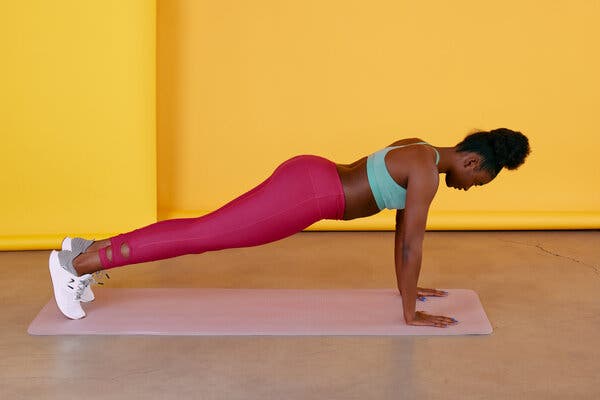This week, the Secretaries of Defense and Health and Human Services introduced the "Pete and Bobby Challenge," encouraging participants to complete 100 push-ups and 50 pull-ups within ten minutes. The initiative aims to motivate young Americans to embrace physical fitness as part of a broader campaign to improve national health.
Push-ups have long been a staple fitness test, but their popularity appears to be resurging.
Earlier this year, an interview with orthopedic surgeon Dr. Vonda Wright went viral after she asserted that every woman should be able to perform at least 11 push-ups on her toes—not her knees. The discussion inspired tens of thousands of women to post videos attempting the challenge, reflecting a growing interest in upper-body strength.
However, fitness professionals caution that many adults struggle with such challenges without proper preparation. Strength training is essential for push-up performance, yet only about one-third of Americans meet recommended muscle-strengthening guidelines. This shortfall becomes more pronounced with age, as muscle mass naturally declines.
Moreover, many individuals are introduced to push-ups at an early age but often without guidance on correct form. Poor technique can increase difficulty and reduce effectiveness, experts note.
Research on push-up capacity among adults is limited, but available studies offer insight. One small study of college-aged women found an average completion of nine push-ups, with 11 percent unable to do any. Similarly, a 2019 study involving over a thousand male firefighters showed that nearly 7 percent performed fewer than ten push-ups. Personal trainers frequently report clients initially unable to complete even a single repetition.
Push-ups serve as a comprehensive measure of upper body endurance and pushing strength while also engaging the core, quadriceps, and glute muscles for stability.


0 Comments
No comments yet. Be the first to comment!